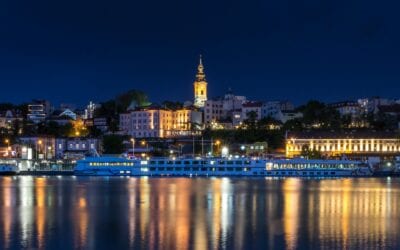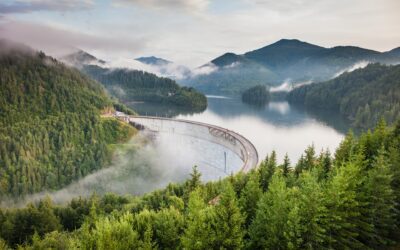Our relationship with the workplace has changed dramatically over the last decade. At first, we experienced small changes like using team software like Jira and Slack, and easier cooperation with international offices or clients through Teams, Zoom and Meet among others.
The concept of remote work, freelancing and outsourcing became more common and anyone from any corner of the world was able to work for any company on the other side of the world. These changes might seem like a lot, but they came about steady as a development to the way we do business.
Then the COVID-19 pandemic hit and the changes it brought were fast and their effect might last a lifetime. Many people who were forced to work remotely due to the pandemic understood that the office can be an obsolete concept, and that remote work can actually be good for them and their work-life balance. We saw companies going fully remote, or introducing a hybrid (office and remote) system.
Others, took the remote work to the next level, they became digital nomads. Digital nomadism is the lifestyle where you conduct all your work remotely online while travelling. Digital nomads usually don’t have a home base, thus the nomad label, they travel from one place to the net, staying any period from 1 to 6 months on average exploring the city/country while earning their living online.
This lifestyle is believed to date back to the 1980s, however, it was never as common as it has become over the last couple of years; this is because now more jobs than ever can be done online and travelling is easier and more accessible.

What does a digital nomad need in a destination?
When you as a digital nomad choose a destination, there are certain things that you will check first. Some of these are common with the research you will make if you were a tourist, while others are more specific to nomads. You have to keep in mind that the main purpose of becoming a digital nomad is usually to enjoy a life of exploration and adventure, thus your criteria can be:
- The attractiveness of the destination, is it a nice place to explore? Are there activities? Unique beauty?
- The cost of living: will the money you earn secure a good stay for you at this destination? Or you will strive to make ends meet?
- The weather: many nomads take on this lifestyle to escape winter gloominess.
- The safety and environment: is it a safe place to stay? Is there a high level of pollution?
- The accessibility: is it easy to get a visa? Is there a special visa or a special benefit (i.e.: tax break) for digital nomads?
- And most importantly, the internet connection: if you don’t have good internet, you won’t be able to do your job and this defeats the whole point.
These are just some of the most basic and common criteria for digital nomads when choosing their destination. As you see, the availability of not just an internet connection, but a strong one, is a very important factor. Many remote destinations that can be a joy to discover and experience can be overlooked by nomads due to the lack of internet connection. This is where Starlink comes in.
What is Starlink?
In a few words, Starlink is a highspeed satellite internet service.
The project was launched in 2015 by SpaceX, the company owned by tech giant Elon Musk, with the purpose of bringing strong internet connection even to the remotest areas of the globe.
The coverage will be through a constellation of satellites orbiting the earth; as of June 2021, Starlink has 1,800 satellites deployed. These satellites are supposed to reach their operational orbit and provide coverage as of this September.
The company aims to deploy around 42,000 satellites that will cover every corner of the earth, excluding the North and South poles.

How does this affect digital nomads?
Projects like Starlink bring internet to remote locations, and make internet faster and more accessible. One of the top groups that will benefit from this will be digital nomads.
Imagine travelling to a small village far away, seeing how locals truly live and exploring unknown territories and benefiting local communities with currencies, revenues and exchange of ideas; all of this while being able to do your job due to the available, fast, space internet.
The project is a revolutionary step, it will definitely be sometime before we experience its effects, however 14 countries are already being served by Starlink including, USA, UK, Germany, Belgium, France, Denmark, Australia, New Zealand, Ireland, Portugal, Austria, Netherlands, Switzerland and Canada; while more countries are pending licenses.
Additionally, the internet speeds we are talking about are truly lifechanging as signals travel faster in space than in cables. Starlink offers internet speed ranging from 50 to 150 Mbps. In France during a test, Starlink recorded a record speed of 139 Mbps which is double the average French broadband speed.

Good internet connections enable Digital nomads to carry on their jobs in the best and most efficient ways, giving them the time to explore and live the life they chose to take on. Therefore, imagine a destination that boasts such a connection, how attractive would that be for nomads to visit?
This fits into the general scheme of things right now, as different countries are racing to attract digital nomads with specialized visas and tax breaks. These countries will now be able to ensure fast internet connections even in the remotest areas, which will enable them to attract digital nomads to those areas; this in turn has a huge effect on the local communities, by bringing resources, ideas, projects and services, this means the development of these communities will be inevitable.
What remote destination do you think you will be able to visit thanks to technologies like starlink?












